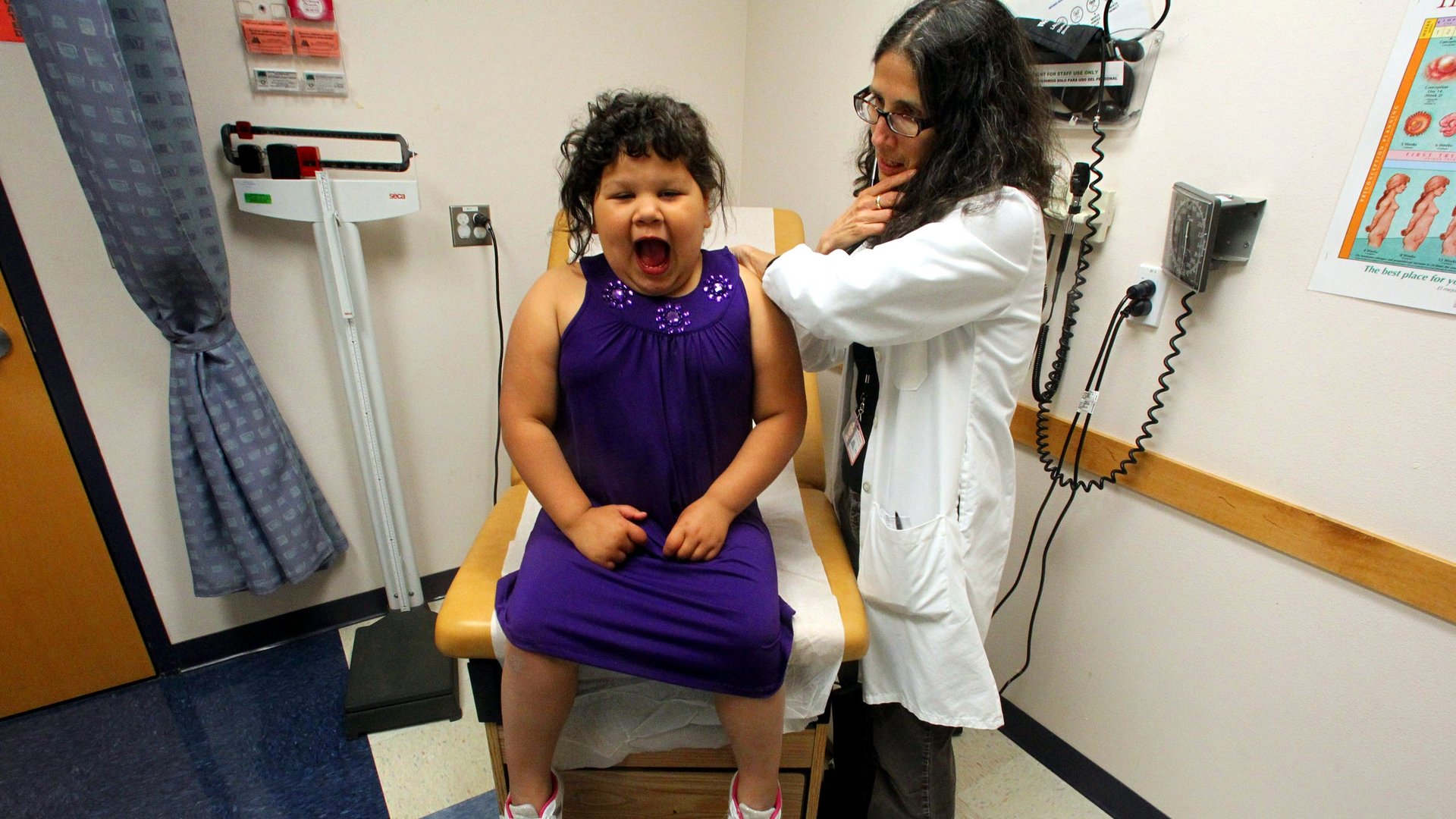Expect busier US emergency rooms in 2014 as health coverage expands
Six million people who didn’t have health insurance in 2013 have it now that the US’s new health care law has gone into effect.


Six million people who didn’t have health insurance in 2013 have it now that the US’s new health care law has gone into effect.
But Obamacare, has it is known both affectionately and unaffectionately, will still have plenty of surprises to throw at Americans as the expansion of coverage and changes in its delivery continue to be implemented.
One surprise may have been revealed in a study published today in the journal Science, which shows that poor people with public health insurance are more likely to go the emergency room than the uninsured—an average of 1.4 times per person over eighteen months, as against 1.02 times. Researchers estimate roughly that the added visits cost the state’s emergency rooms an extra $120 per person, paid for by Medicaid (the health insurance program for the poor). That insured people seek medical care more often than the uninsured may not be remarkable—except that one of Obamacare’s key goals is to expand preventative care so that fewer people end up needing expensive emergency-room care paid for by the public.
The study focuses on a natural experiment that occurred in 2008, when the state of Oregon expanded its Medicaid rolls by lottery. Past research using Oregon’s data has established that those who got onto Medicaid had better lives, but that the scheme did not save money by expanding preventive care.
Researchers are quick to caution that the studies concern a specific population in a specific place, and may not apply across the country; critics have also argued that the studies do not have large enough sample sizes to produce statistically significant results.
Today’s research matters because 3.9 million of the newly-insured under Obamacare will be on Medicaid, and other than giving more people access to medical care, the goal of the reform is to lower America’s world-beating health care costs. These have been shrinking of late, in part due to the recent recession, but also due to changes in the health-care system brought about by market pressure and the new law. As budget expert Peter Orszag puts it, lower health care costs mean “everything we think we know about the nation’s long-term fiscal picture is wrong”—and that means the already-diminishing debt specter could be put to rest.
This new study doesn’t mean that goal is impossible; other non-insured groups may use emergency rooms less under the new system, for example. And the federal government’s budget already reflects added spending to cover the costs of new coverage. But expanding the reach of health care will be sustainable in the long-term only if the law’s cost-control efforts come into play, and that, as much as new information about growing insurance rolls, is what to watch for in 2014.